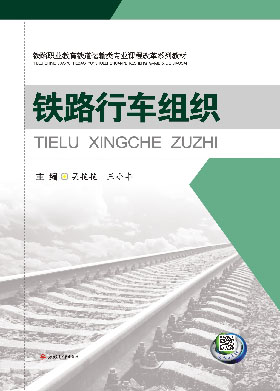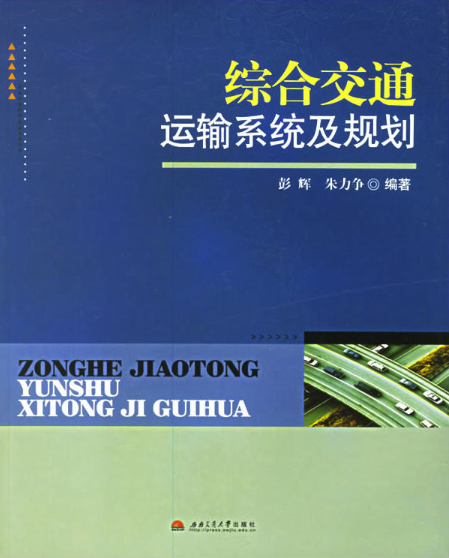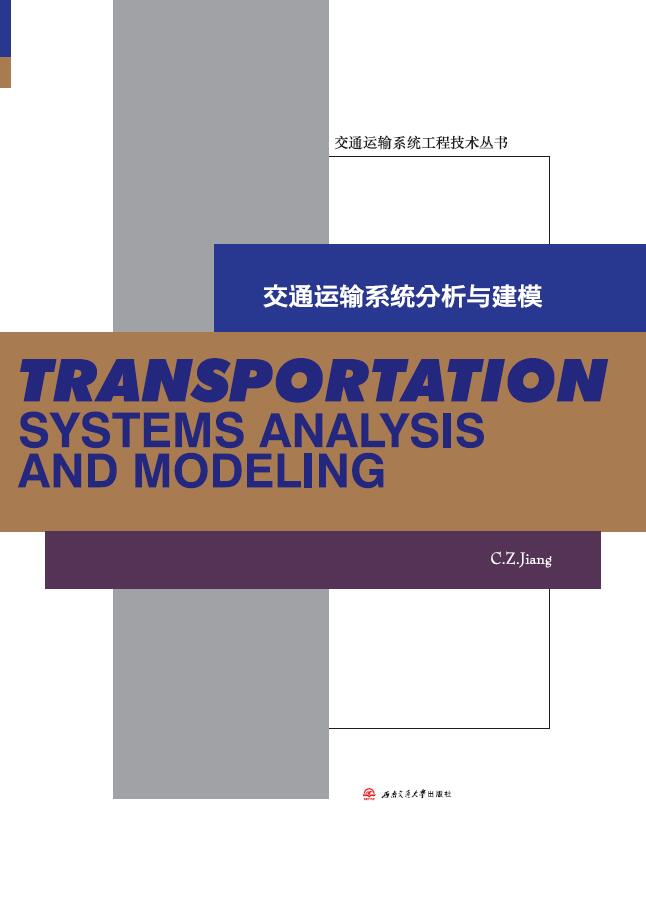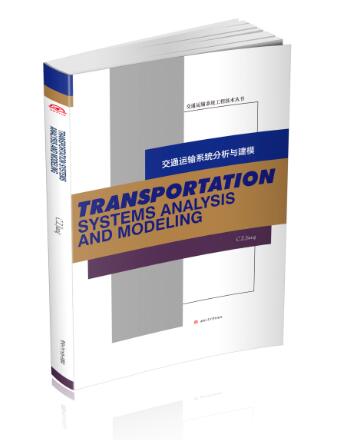-
 铁路行车组织
铁路行车组织作者:吴艳艳, 王小丰
主要内容包括铁路基本概念、基本知识、调车工作、技术站作业组织、车站作业计划、统计分析、车站通过能力及改编能力、车流组织、列车运行图及区间通过能力、铁路运输生产技术计划及运输方案、铁路调度工作运输调度、高速铁路。本书是铁道运输、铁道交通运营管理专业及相关专业高职、中专教材和教学参考书,也可作为铁路成人职业教育、铁路运输职工自学用书。
-
 综合交通运输系统及规划
综合交通运输系统及规划作者:彭辉
本书首先对综合运输系统作了详尽的介绍,然后又将综合运输系统分成区域运输系统和城市运输系统两个部分分别介绍其特点和规划方法。同时还附有许多实例,使其浅显易懂。该书既注意全面性、完整性,又注重理论性和前沿性,在内容上有易有深。编者在组织和论述书中的内容时做到由远及近、由浅入深、系统全面、脉络清晰,这就使得不同层次的读者都可以阅读该书。该书可作为公路与城市道路工程、交通工程及交通运输管理等专业的必修或选修教材,也可作为相关院校师生和相关专业的工程技术人员学习参考。
-
 现代物流学
现代物流学作者:肖蕾
本书内容共13章,涉及对现代物流及物流系统的概述、各物流子系统的作业及其管理、第三方物流及供应链管理、电子商务下的现代物流、现代物流的新发展等内容,力求将现代物流系统中的基本知识、重要方法与技能,以及最新理论及研究成果呈现给读者。同时,为了强调现代物流作业及其管理的实践性,本书在每一章最后编排了相关的案例,希望读者在学习之余有更多深入的思考。
图书分类
Book classification- 本书首先重新定义了交通系统,针对交通运输供给系统进行分析,特别是基于运输成本和交通流量的关系,通过交通流理论、效用函数理论等对交通运输系统用户行为以及客运与货运规律进行数学建模,其中包括交通运输网络静态和动态均衡模型,*后介绍如何通过数据对已经建立的模型校正。本书适合相关专业本科、研究生及相关的研究人员参考。
- A transportation system can be defined as the combination of elements and their interactions, which produce the demand for travel within a given area and the supply of transportation services to satis...查看更多
-
Part A Transportation Systems Analysis and Modeling Process 1
Chapter 1 Introduction to Transportation Systems 1
1.1 Definitions 1
1.1.1 Preliminary Concepts of Transportation Systems ...查看更多






